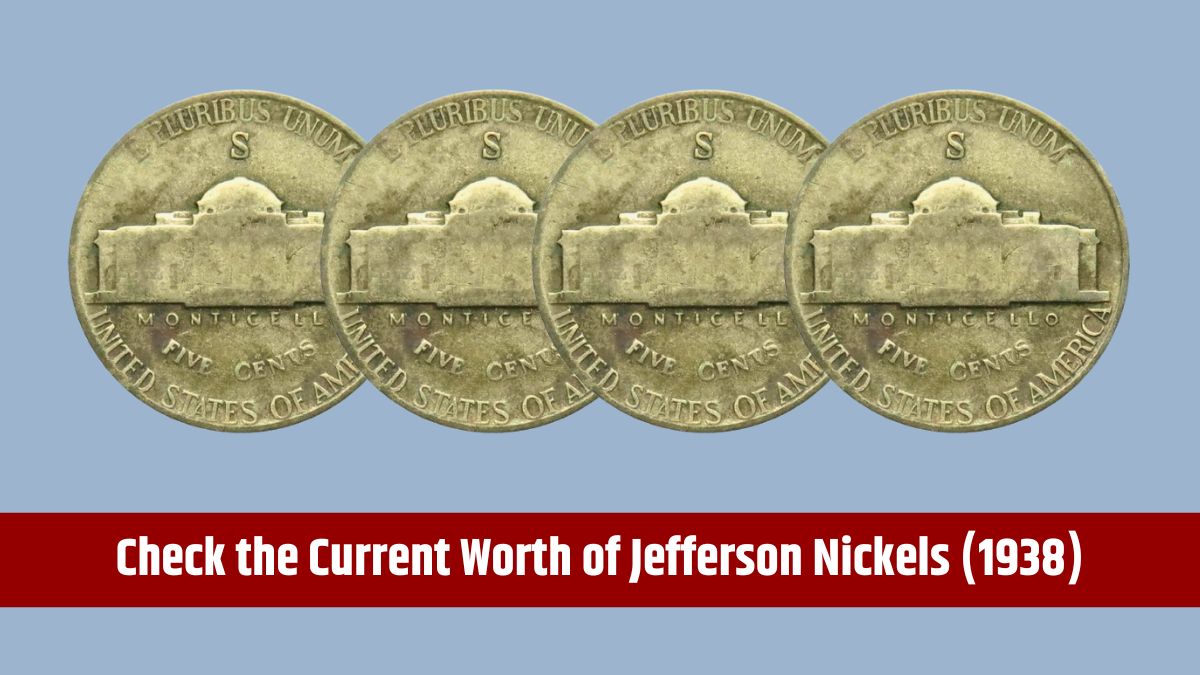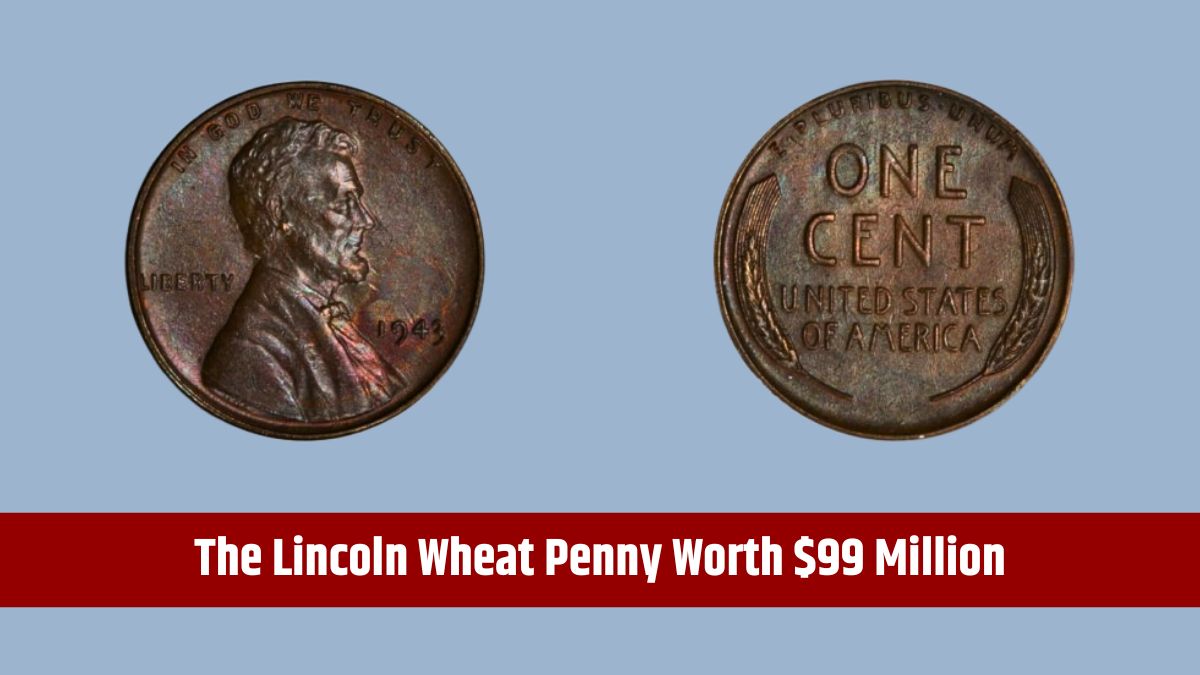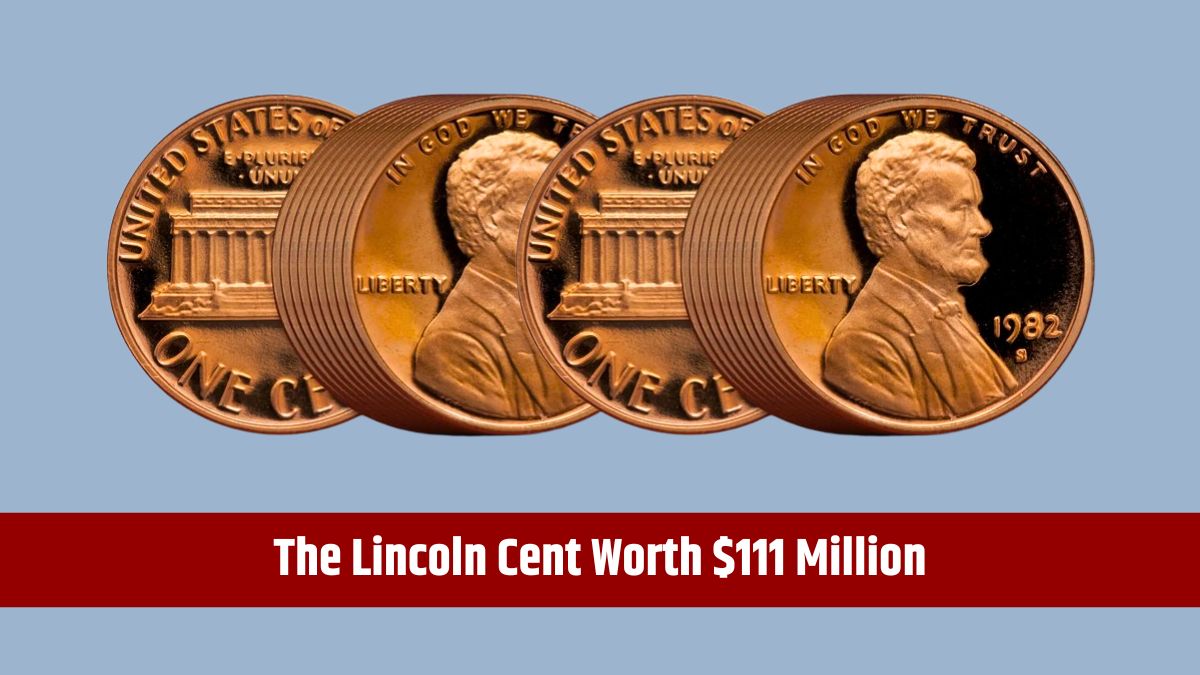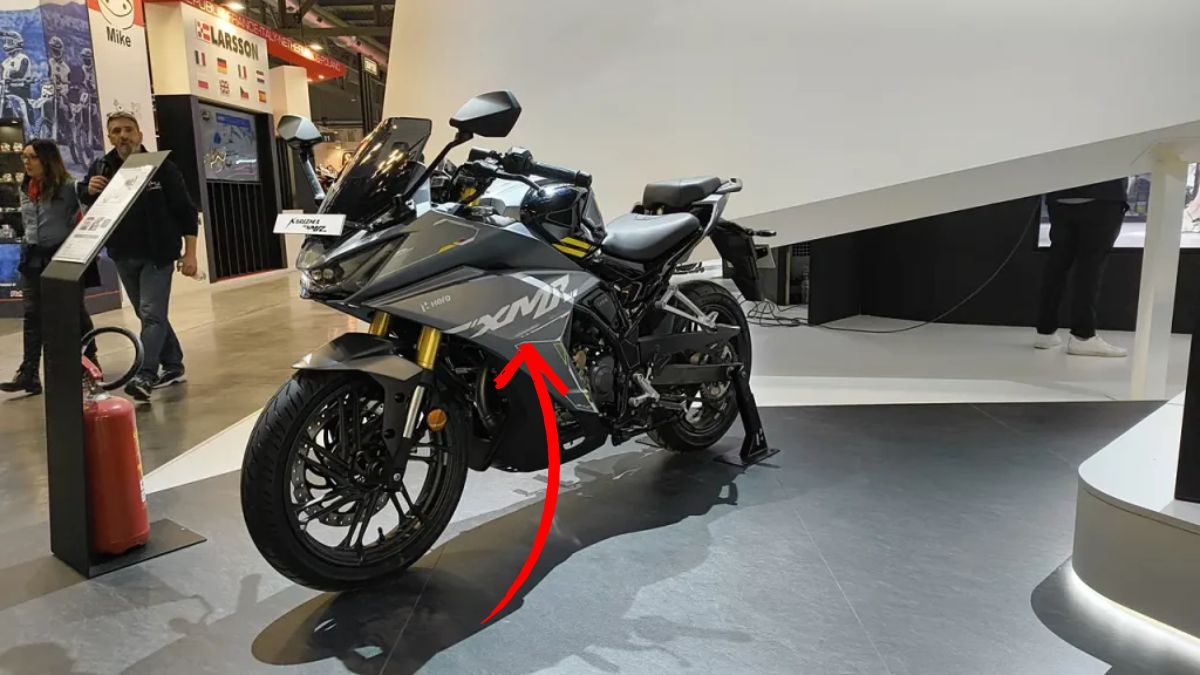Jefferson nickels have been in circulation since 1938, making them a staple of U.S. currency. While most of these coins hold a face value of five cents, certain years, mint marks, and conditions can significantly enhance their worth. Here’s a guide to knowing their value and what to look for.
Table of Contents
Standard Jefferson Nickels
Most Jefferson nickels found in circulation today are worth their face value of 5 cents, unless they are uncirculated, in excellent condition, or from a rare year.
Key Dates and Rare Variations
Certain years and mint marks make some Jefferson nickels more valuable due to their rarity and collector demand.
Key Coins to Look For
| Year/Mint Mark | Reason for Value | Approx. Value |
|---|---|---|
| 1939 (No Mint Mark) | Rare in higher grades. | $0.50 to $20+ |
| 1939-S | Lower mintage, sought after. | $5 to $50+ |
| 1942–1945 (Silver Nickels) | Made with 35% silver due to wartime metal shortages. | $1 to $2 (melt value), more for uncirculated coins. |
| 1950-D | Low mintage, highly collectible. | $10+ circulated, hundreds in mint state. |
Silver Jefferson Nickels (1942–1945)
During WWII, the U.S. Mint altered the composition of nickels to conserve nickel for the war effort. These “war nickels” contained 35% silver, giving them intrinsic value.
Features of Silver Nickels
- Composition: 35% silver, 56% copper, 9% manganese.
- Identifiable by a large mint mark above Monticello on the reverse.
Value:
- Melt value is typically $1–$2, depending on current silver prices.
- Uncirculated examples can be worth significantly more.
Uncirculated Coins
Uncirculated Jefferson nickels, those never released into circulation, command higher premiums:
- Common Coins in Mint State: Even less notable years can fetch $5 to $20+ if uncirculated.
- Key Dates in Mint State: Coins like the 1938-D, 1938-S, or 1950-D can be worth $50 to hundreds of dollars in top condition.
Grading System
The condition of a coin plays a critical role in its value. Jefferson nickels are graded on a scale from 1 to 70, with higher grades indicating better preservation.
| Grade | Description | Value Potential |
|---|---|---|
| Good (G-4): | Very worn, with minimal details visible. | Face value for common years. |
| Very Fine (VF-20): | Moderate wear, but key details still visible. | Slight premium for rarer coins. |
| Extremely Fine (XF-40): | Minor wear, with strong details intact. | Higher premiums for key dates. |
| Uncirculated (MS-65 or higher): | No wear, mint luster intact. Rare and highly collectible. | Significant value for all years. |
Mint Marks and Special Variations
Mint marks denote where the coin was struck and can impact value.
| Mint Mark | Location | Impact on Value |
|---|---|---|
| P (Philadelphia): | Coins without mint marks pre-1980. Typically lower value. | No Impact |
| D (Denver): | Generally more valuable for key dates. | No Impact |
| S (San Francisco): | Often rarer due to lower mintage, increasing collector demand. | No Impact |
Copper Nickels from 1964 and Earlier
Jefferson nickels minted before 1965 hold historical significance, making them desirable among collectors.
Value:
- Coins in good condition from 1938 to 1964 can range from $0.50 to several dollars, depending on rarity and grade.
Jefferson nickels provide a fascinating collecting opportunity. While many are worth their face value, specific years, mint marks, and uncirculated examples can be highly valuable. Whether you’re looking for rare key dates like the 1950-D or silver war nickels, there’s always a chance to uncover a hidden gem in your collection or coin roll hunt.
FAQs
What makes a 1950-D Jefferson nickel valuable?
Its low mintage makes it highly sought after by collectors.
How can I identify a silver war nickel?
Look for a large mint mark above Monticello on the reverse.
Are 1938 Jefferson nickels worth more than face value?
Yes, especially 1938-D and 1938-S in higher grades.
What is the value of uncirculated Jefferson nickels?
Uncirculated examples can range from $5 to hundreds of dollars.
How are Jefferson nickels graded?
They are graded on a 1–70 scale, with higher grades indicating better condition.






